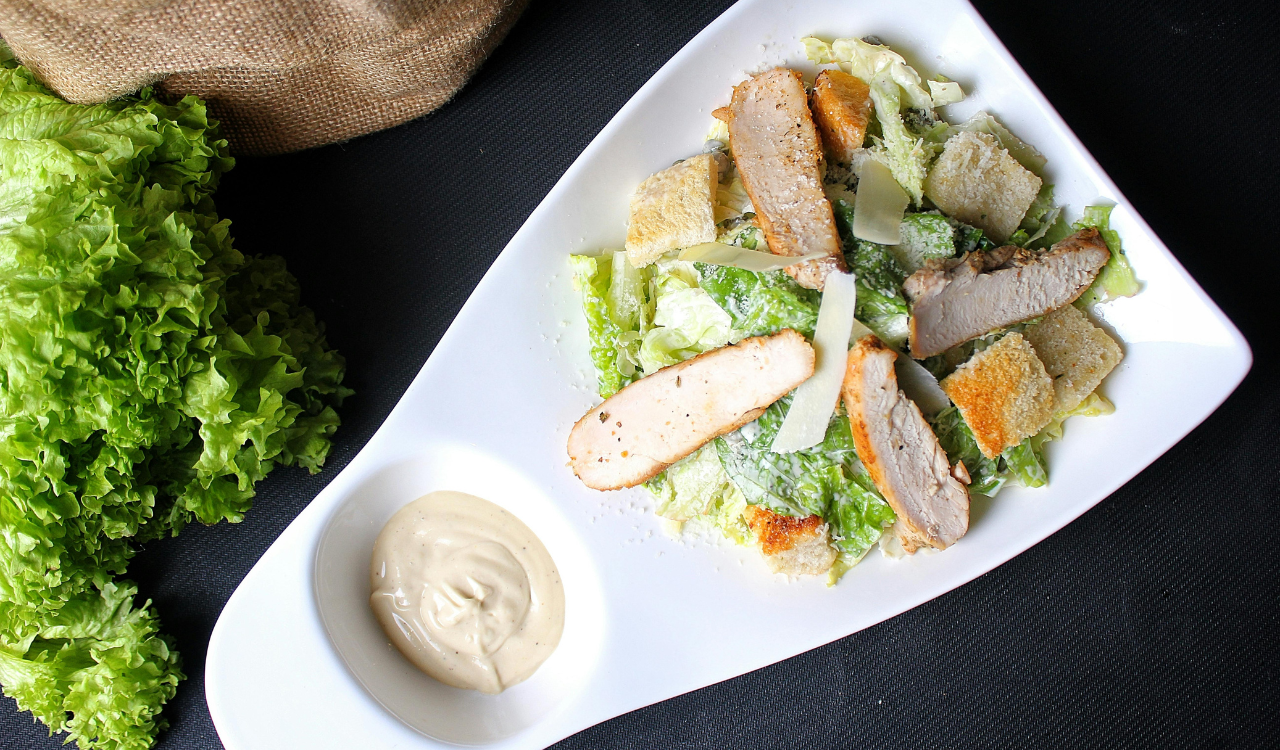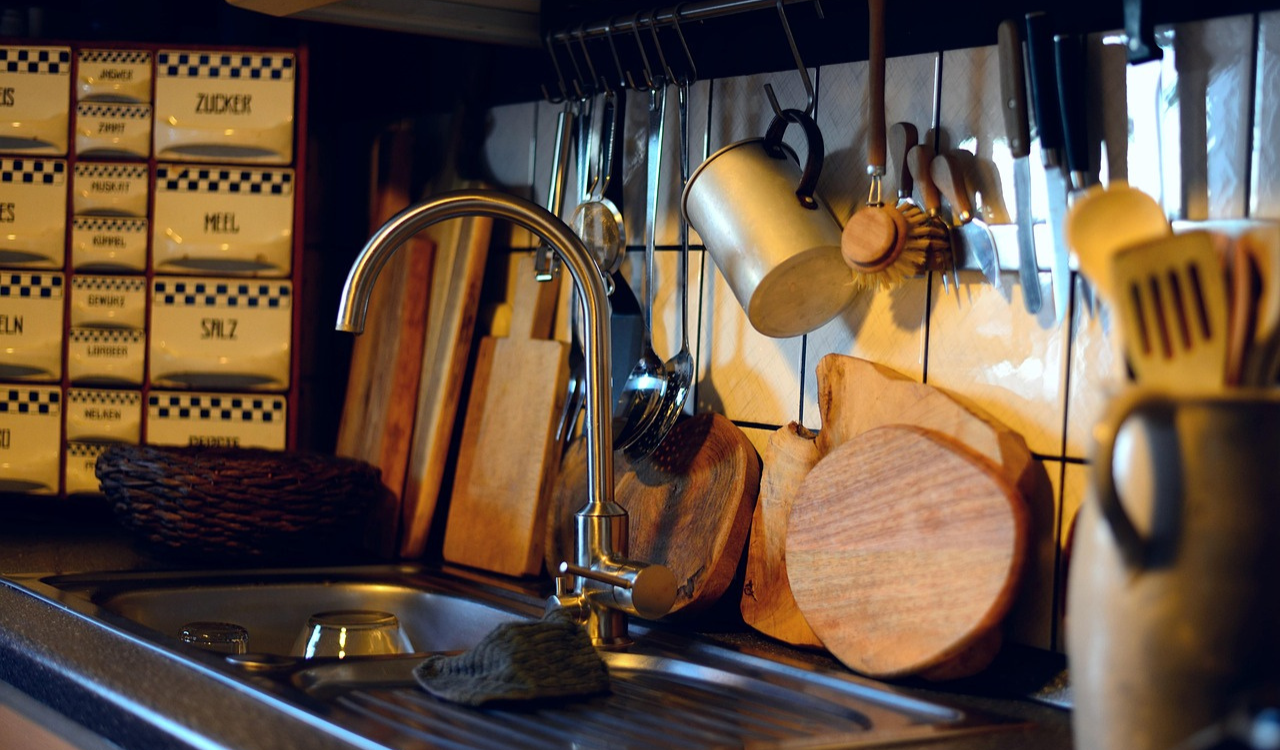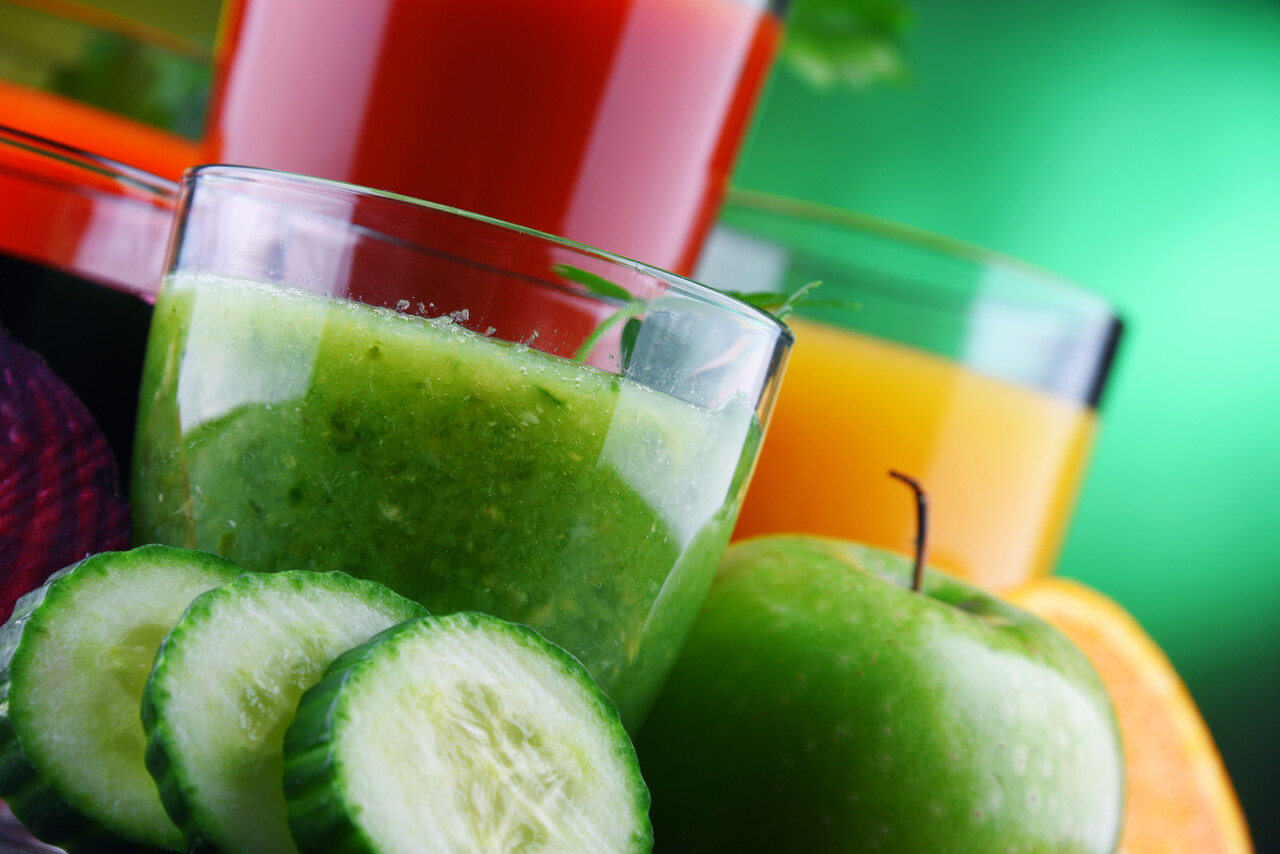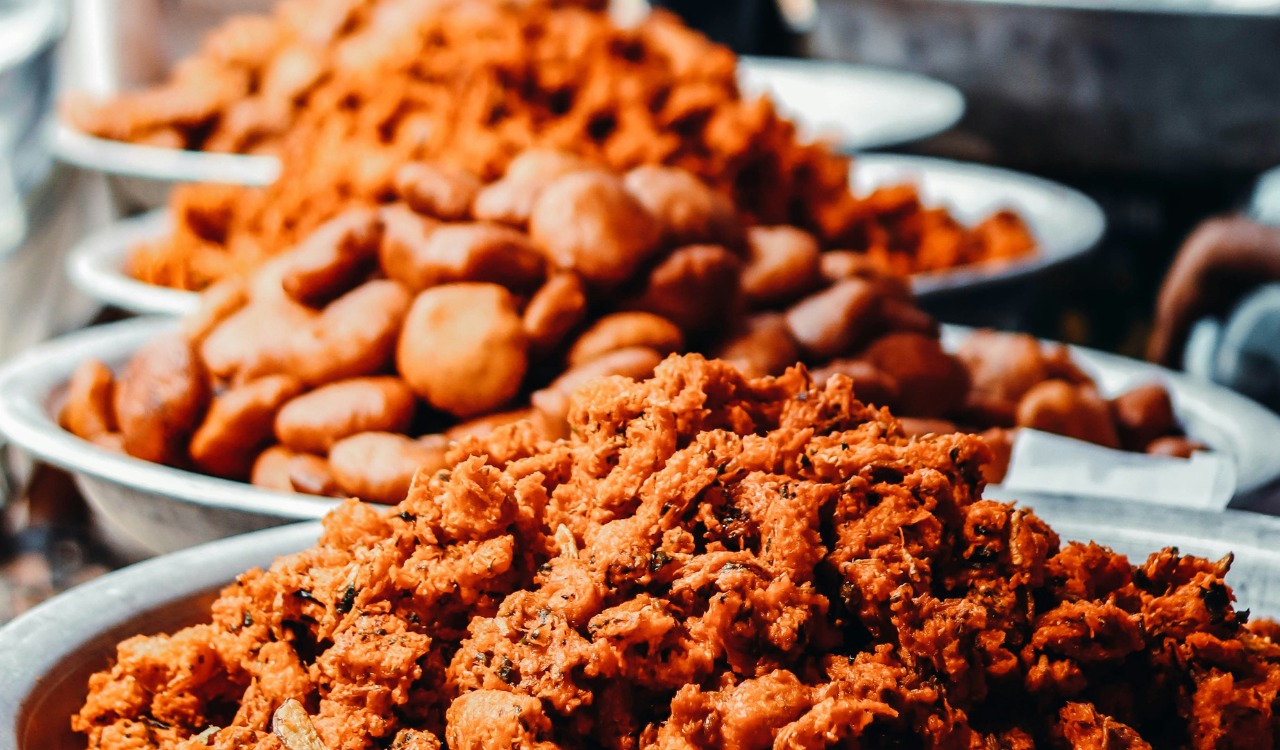How TikTok Turned Pantry Cooking Into A New Art Form
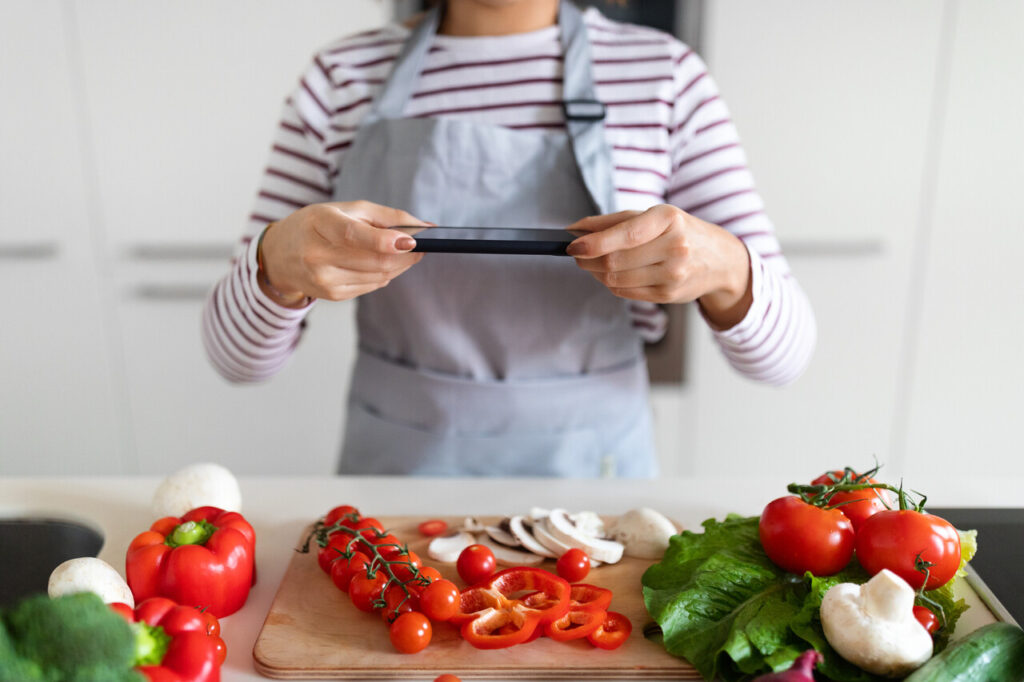
Pantry cooking on TikTok didn’t arrive by accident. It emerged because people suddenly needed quick, affordable, attention grabbing ideas, and the platform’s format rewarded exactly that. What this really means is that a culture that once prized long recipes and glossy photos pivoted toward short, inventive demos that show you how to turn a few cans and a forgotten jar of sauce into something worth sharing.
This piece maps that shift. I’ll demonstrate how the trend emerged from pandemic era scarcity and algorithmic amplification, explain why the format appeals to students and budget conscious cooks, describe how the pantry challenge functions as both a social game and a waste reduction tactic, and explore where the movement may lead food media and retail next.
The Rise of Pantry Cooking on TikTok
TikTok turned small ingredient cooking into a spectacle by combining scarcity with immediacy. During the pandemic, people were cooking more and searching for ideas; TikTok’s short-form, remix-friendly format enabled stripped down recipes to go viral faster than on any previous platform. That speed amplified simple hits into cultural touchstones overnight.
Here’s the thing: the app doesn’t require polish. A user with a smartphone, a can opener, and a punchy edit can start a trend. The platform’s algorithm pushes engaging clips to broad, sometimes global, audiences, and the result is that one clever pantry hack can spawn thousands of riffs, substitutions, regional spins, and scaled versions, within days.
Why Pantry Cooking Resonates

Pantry cooking speaks to two basic human things: need and play. On one hand, it’s practical; people want to save money and use what’s on hand. On the other hand, it’s creative; constraints force improvisation, and that improvisation is fun to watch. The combination makes the content both useful and highly shareable.
Also, pantry videos look good in 15 to 60 seconds. Visual transformations, a dusty spice turning a sauce electric, or stale bread becoming golden croutons, are satisfying in a swipe driven environment. That visual payoff plus the low barrier to participation is why students, busy parents, and budget conscious cooks find it irresistible.
How the Pantry Challenge Works
The pantry challenge is simple: use what you already have, avoid grocery runs for a set period, and document the creativity. Rules vary, but common versions ask participants to avoid buying food for a week or a month while emptying their pantry, fridge, and freezer. The hashtag driven format creates accountability and a steady stream of idea-sharing.
Mechanically, creators show inventories, quick substitutions, and one pot or batch strategies. People post shopping lists of what they already have, then show cooking sequences that repurpose near expired items. The structure is deceptively educational: viewers learn pantry inventory skills, basic substitutions, and freezer-management tactics by example rather than by reading a checklist.
Cultural and Social Dimensions
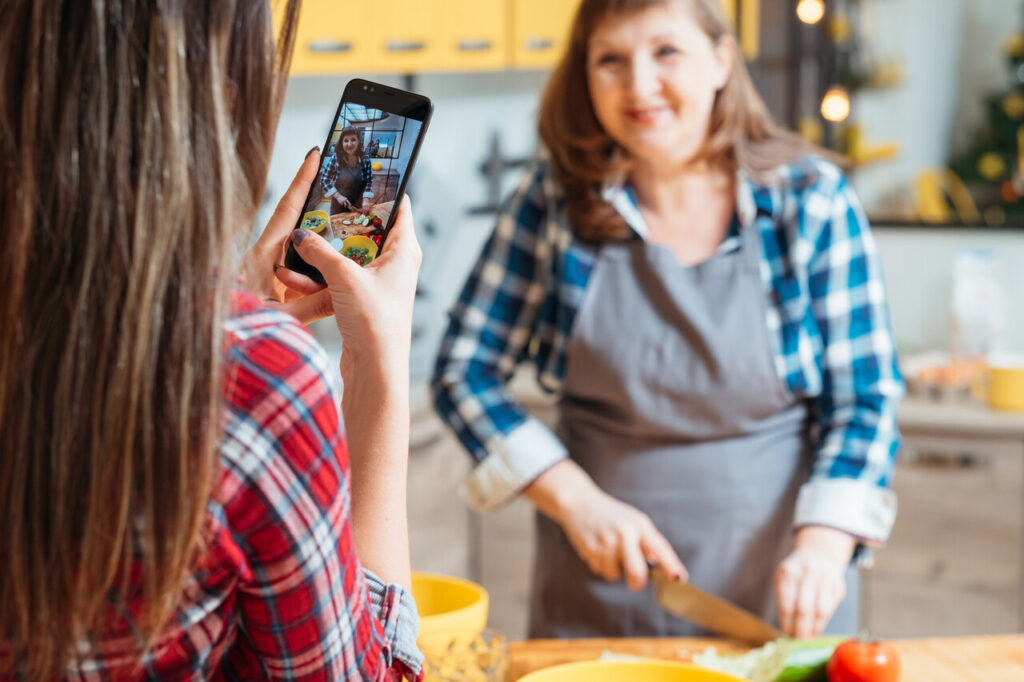
TikTok’s pantry trend is a social phenomenon as much as a culinary one. It normalizes experimentation; users riff off each other rather than defer to experts. That peer-to-peer loop accelerates new combinations and exposes audiences to global pantry staples, remixing them in ways that are playful but sometimes culturally shallow.
There’s a deeper social dynamic, too. Pantry challenges create small communities within the platform: students swapping dorm hacks, parents sharing budget strategies, and home cooks trading comfort riffs. That communal feel transforms what could be a purely practical exercise into a performative, social activity that rewards creativity as much as thrift.
Economic and Practical Impacts
Pantry cooking saves money, point-blank. For students and low-income households, the approach reduces grocery bills by maximizing existing purchases and reducing waste. People learn to prioritize shelf-stable proteins, legumes, and versatile starches, and to stretch those items across meals.
Beyond immediate savings, pantry challenges nudge better inventory habits: planning around what’s already available, batching meals, and freezing portions. That yields two economic wins, fewer impulse buys and lower food waste, and one practical win: cooks build foundational skills (stock rotation, substitution logic) that pay off long after the trend fades.
Challenges and Criticisms
Pantry cooking on short-form platforms comes with real limitations. Many viral clips skip crucial technique and timing details, so if you try to recreate a dish, you might get inconsistent results. Oversimplified instructions can teach bad habits, like under seasoning or over-relying on processed pantry items.
There’s also a cultural critique: remixing staples from other cuisines without context risks flattening or misrepresenting traditional foods. And finally, the trend’s emphasis on visual spectacle can pressure creators to prioritize looks over nutrition, turning genuinely helpful hacks into gimmicks. Those are important caveats to keep in mind.
What Pantry Cooking Means for Home Cooks
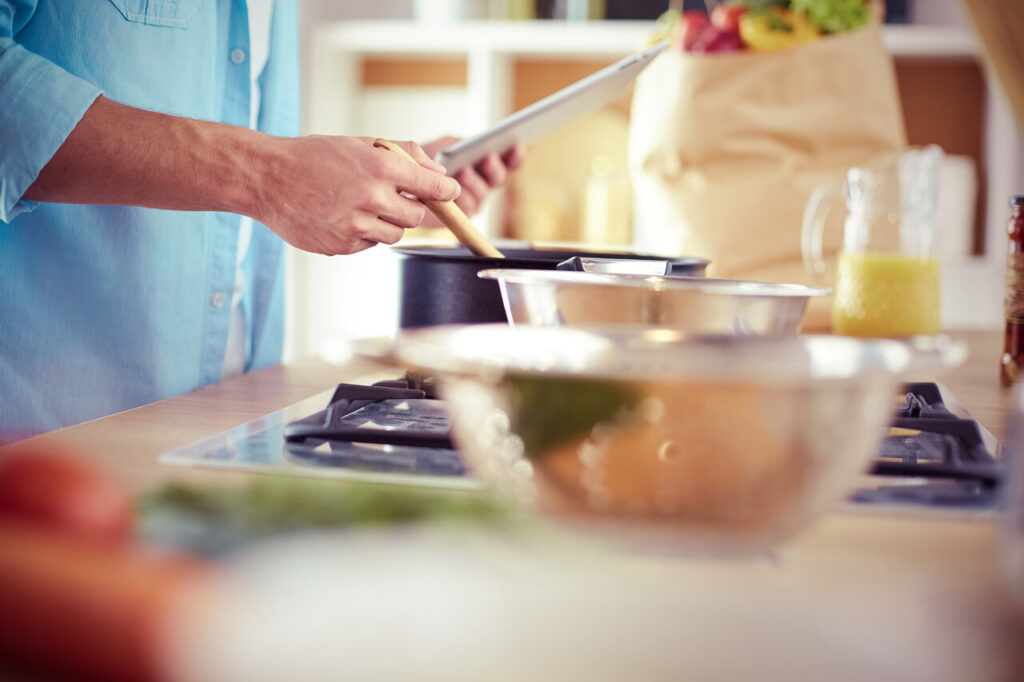
If you take pantry cooking seriously, it becomes a useful toolkit, not just a content genre. Start by cataloguing what you have, learn a handful of flexible formulas (grain + bean + sauce; pasta + canned tomato + cheese), and practice simple preservation tricks like freezing portions and turning stale bread into new dishes.
The deeper payoff is skill transfer. When you learn substitutions and basic balance, acid, fat, salt, and sweetness, you stop following recipes and start cooking. In other words, pantry TikTok can be an entry point to confident home cooking, provided you treat the videos as inspiration and double-check technique when needed.
The Future of Food Content and Pantry Creativity
Expect pantry creativity to evolve. Short-form formats reward fast ideas, so we’ll see more micro genres: viral one-pot pantry bowls, global pantry mashups, and paid creators producing grocery list templates to monetize their followings. At the same time, retailers will watch usage patterns closely and may adapt SKUs, promoting multipurpose items or offering curated “pantry kits.”
Media beyond TikTok will respond to. Cookbooks, meal-planning apps, and grocery services can incorporate pantry-first workflows, turning what started as a social media challenge into a commercial and editorial strategy. The net effect is likely a tighter feedback loop between creators, consumers, and commerce.
References
- TikTok’s Pantry Challenge Is Here to Declutter Your Kitchen and Save You Serious Cash—Here’s How – firstforwomen.com
- How TikTok Has Changed The Way We Cook – washingtonpost.com
- In defence of cookbooks: why TikTok cooking videos just don’t measure up – delicious.com.au
